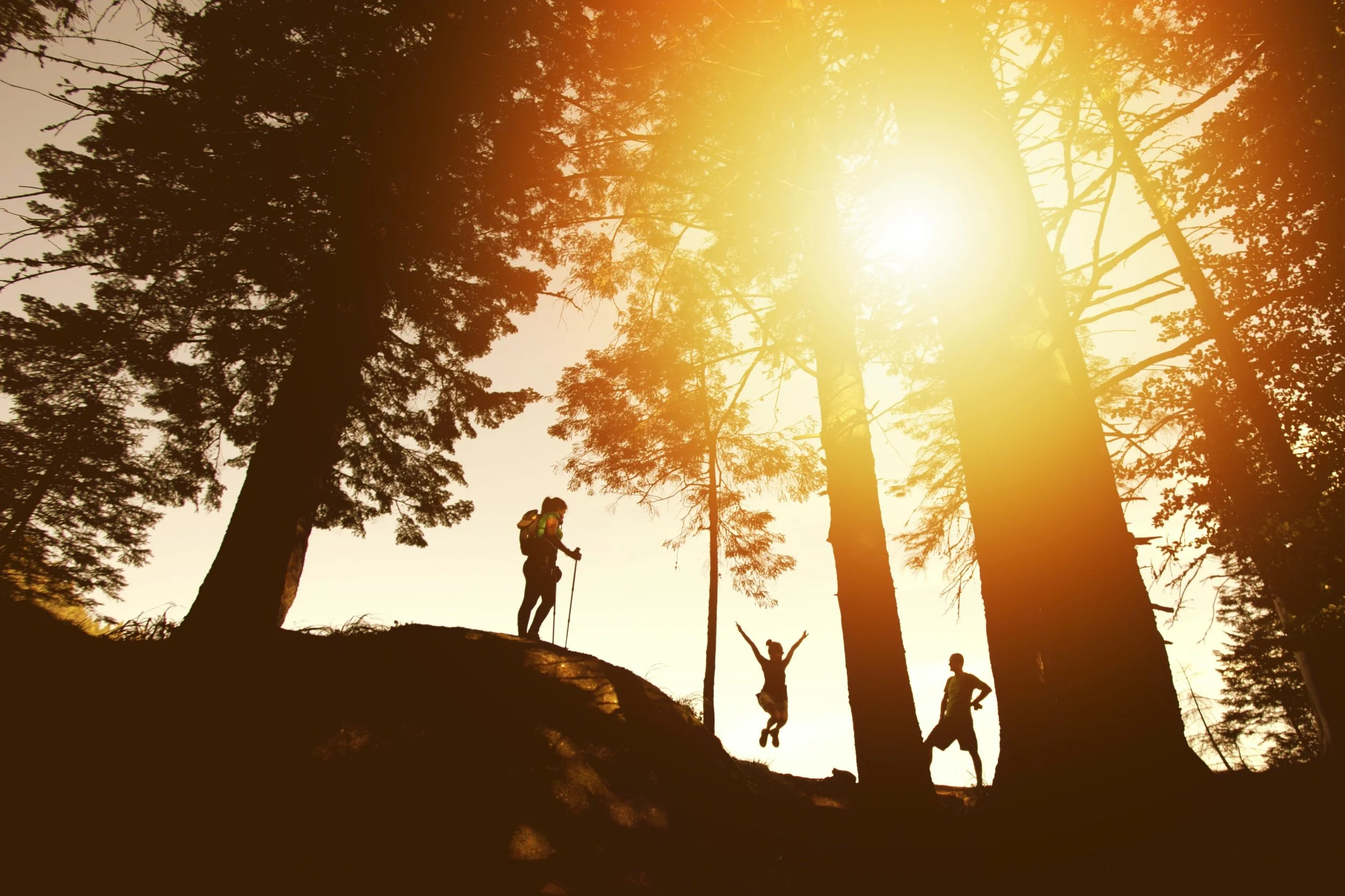Essential Gear And Equipment That You Need To Have With You When Hiking
By PAGE Editor
Are you planning on trekking a long-distance path and want to know what hiking necessities to bring? Hiking equipment lists differ based on where you're going, or when you're going, and what sort of terrain you'll be encountering.
Regardless of where and when you want to walk, there are a few hiking basics that should be included in your bag. A list of hiking gear and accessories that should be included in your pack is included in this list, so check it up and see what you need to bring with you.
Clothing and Footwear
Check the weather forecast and make sure you're dressed appropriately. Pack extra clothing beyond what is necessary for the trip to be prepared for changeable weather or an impromptu night out. It’s important to know that proper clothes are essential once you decide to go on this walking adventure. It's also crucial to think about how much protection your clothes offer against UV radiation from the sun.
Determine what footwear to wear based on the location. Hiking shoes or trail runners are suitable for mild treks on level paths. Boots will give extra support for excursions on rough, difficult routes. Find out more about hiking apparel and footwear.
Food and Water
Bring easy-to-eat foods like energy bars, crackers, and almonds with you on the hike. Some folks also prefer to bring a sandwich when hiking. Start with around two liters per person per day for water, but vary the quantity based on the duration and difficulty of the trek, weather conditions, your age, perspiration rate, and body type.
Navigation
A map, compass, altimeter watch, GPS gadget, and personal locating beacon are five critical navigation equipment for backcountry exploration today. Any journey that comprises more than a short, easy-to-miss route or a commonly traveled nature walk should be accompanied by a topographic map. If you become confused in the bush, a compass and map-reading skills are essential.
Although electronic compasses are built into many cell phones, GPS gadgets, and watches, it's a good idea to keep a basic baseplate compass on hand as a backup because it's lightweight and doesn't require batteries.
A GPS gadget allows you to pinpoint your location on a computerized map with pinpoint accuracy. Those made expressly for outdoor use are frequently engineered to be tough and waterproof. Another common alternative is to use a smartphone with a GPS app, but keep in mind that most smartphones are more delicate, so you'll probably need to use a cover to protect it. Opt for an extra protective phone case paired with a waterproof cover to prevent damage from being dropped on land or water. Whatever you select, bear in mind that these devices are battery-powered, so you'll need to keep an eye on your battery life and potentially pack extras.
Lamplight
It's critical to be able to navigate through the woods at night, therefore bring a light source with you at all times. Most wilderness hikers choose to use a headlamp since it frees up your hands for a variety of duties, such as preparing meals or gripping climbing poles. Always have additional batteries on hand.
Backpack
Before you go on a hike, be sure you have the necessary equipment. While there appears to be an endless supply of hiking equipment, there is one item that actually matters: a solid hiking day pack. While hiking, a backpack keeps your hands free and effectively distributes the weight of your belongings. The size of your pack will be determined by the length of your journey and the amount of gear you want to bring. Backpack capacity is measured in liters and is dependent on the volume of the bag's main compartment.
Sleeping Bag
Overnight, temperatures can drop drastically. That's why, if you have to sleep outside, you should always bring a little shelter with you, known as a bivvy. A bivvy is a compact heat-retaining sleeping bag that can be rolled up to the size of your fist. It's small and light, and it fits neatly in the bottom of your bag, where you'll hopefully never need it.
First Aid Kit
It's critical to have a first-aid kit on hand and to know how to utilize the stuff in it. Pre-assembled first-aid kits save the hassle of putting together your own, however many individuals customize their kits to meet their specific needs. Blister treatments, sticky bandages of various sizes, multiple gauze pads, adhesive tape, disinfectant ointment, over-the-counter pain medicine, pen, and paper should all be included in each kit. Nitrile gloves should be supplied as well.
Sun Protection
It's critical to protect oneself from the sun when participating in any outside activity. Any hike necessitates the use of sunscreen. However, sunscreen alone isn't enough to keep you safe. To protect your face, neck, and eyes, you should also bring a sun hat and sunglasses. Look for moisture-wicking, quick-drying fibers when purchasing a hiking hat. It's even better if your hat is machine washable.
Hopefully, these suggestions and ideas will assist you in determining the most crucial items to carry with you when you decide to embark on your hiking excursion. Stay careful, take in the scenery, and spend quality time with your loved ones.
HOW DO YOU FEEL ABOUT FASHION?
COMMENT OR TAKE OUR PAGE READER SURVEY
Featured












Water management plays an essential role in maintaining the safety and stability of a home.